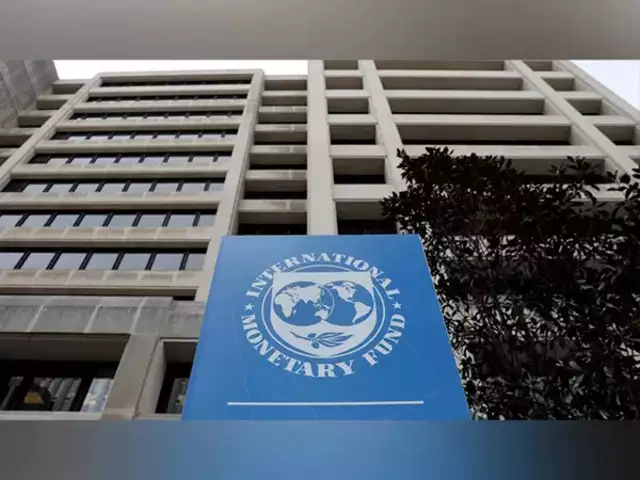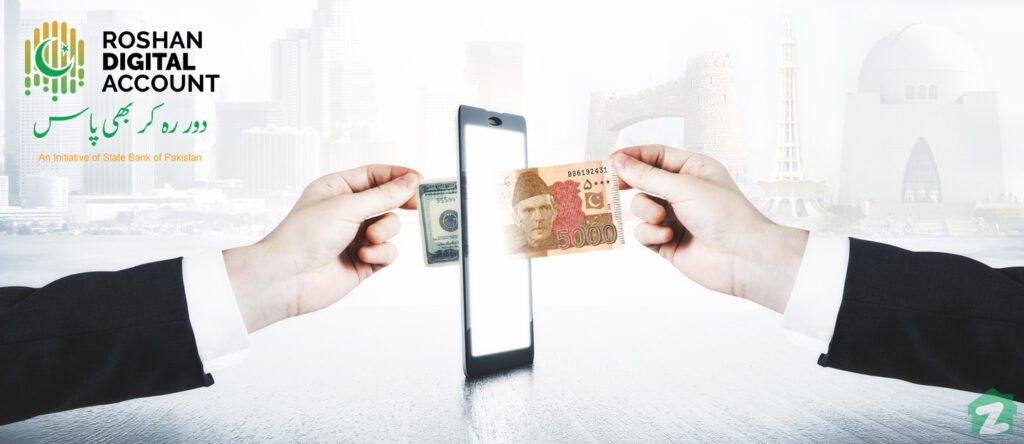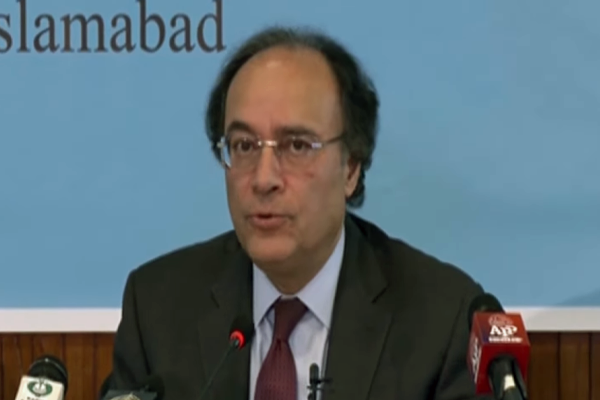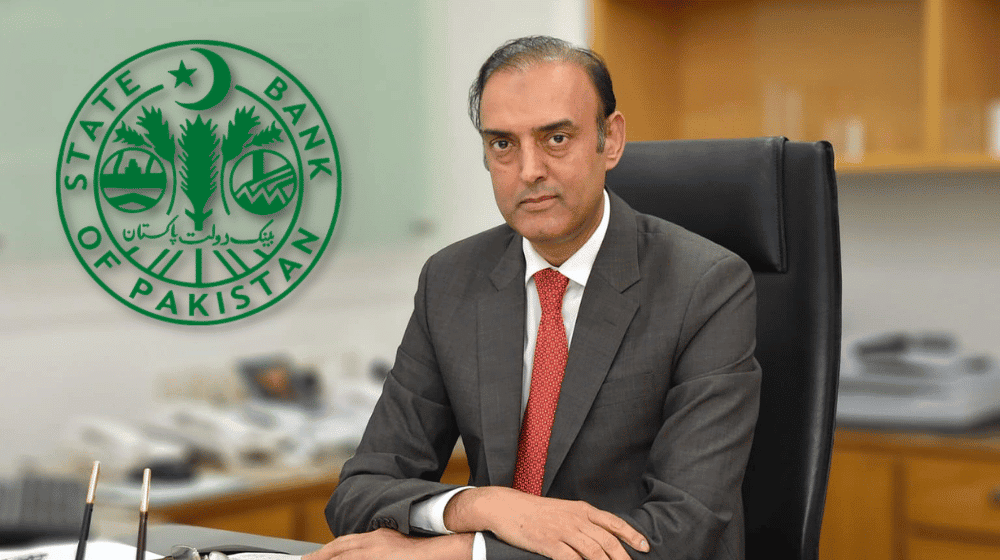PTBP Web Desk
The International Monetary Fund (IMF) announced on Tuesday that economic activity across the Middle East and North Africa (MENA) region — as well as in Pakistan — has been “stronger than expected” this year, delivering a more optimistic outlook than previous forecasts. According to the IMF’s latest regional economic outlook, the MENA region is now projected to grow by 3.2 % in 2025, increasing to 3.7 % in 2026 — upward revisions of 0.7 and 0.3 percentage points respectively since the prior estimate issued in May.
Jihad Azour, IMF Director for the Middle East and Central Asia, said: “Economic activity in the MENA region and Pakistan has been stronger than expected … We now project growth of 3.2 % in 2025, up from 2.1 % in 2024, and higher than our April forecast.”
The report highlights several underlying factors for the better-than-expected performance in the region.
For oil-exporting countries within the MENA region, higher production helped after the faster unwinding of the OPEC+ output cuts. In contrast, the oil-importing economies — and Pakistan — benefited from lower energy prices, strong remittance flows, and a revived tourism sector, all of which have bolstered domestic demand.
Azour emphasised: “Looking ahead, growth is expected to rise to 3.7 % in 2026, while inflation should remain moderate, helped by lower food and energy prices and tight monetary policies.”
In Pakistan’s case, the IMF projects growth to improve to 3.6 % in 2026, underpinned by steady reform implementation, improving financial conditions, and growing confidence in economic policies.
While the growth outlook is more positive, inflation remains an uneven story. The IMF noted that inflation has eased in most MENA economies and in Pakistan thanks to lower food and energy prices. However, many of the Central Asia and Caucasus (CCA) nations continue to face elevated inflation driven by robust demand and price pressures.
The IMF cautioned: “Overall, the outlook is positive but not without risks. In MENA and Pakistan, growth should continue to strengthen, supported by reforms and resilient domestic demand.”
In Pakistan particularly, inflation has significantly decelerated this year partly because of favourable base-effects and lower commodity costs. However, the IMF warns that inflation is expected to increase again in 2026 as food and energy prices normalise and as short-term electricity subsidies are phased out.
The IMF also flagged the severe flooding that struck Pakistan in the third quarter of 2025. It said that the floods may have more adverse effects on growth, inflation, and the current account than currently estimated, though these impacts remain highly uncertain.
A recurrent theme in the IMF’s commentary is that sustained stronger performance depends on continuing reforms and structural improvements. For Pakistan, the IMF underscores the importance of narrowing the budget deficit, strengthening the tax base, and improving resilience to climate- and disaster-related shocks.
In its May 9 2025 country report, the IMF pointed out that Pakistan’s 37-month Extended Fund Facility (EFF) programme and the Resilience and Sustainability Facility (RSF) request aim at macro-economic sustainability, competitiveness, energy sector reform and climate resilience. IMF+1
For the broader MENA region, diversification away from oil, managing global external shocks — such as trade and geopolitics — and strengthening private-sector investment remain key.
In sum, the IMF’s upbeat revision for the MENA region and Pakistan reflects an encouraging macro-environment: recovering demand, easing inflation pressures and some structural tailwinds. That said, the institution emphasises the following caveats:
- The global environment remains uncertain. Tilted risks include weaker global growth, renewed inflation spikes, or trade disruptions.
- For Pakistan, the recent floods bring additional risk layers, potentially undermining the near-term outlook for growth, prices and the current-account.
- Reforms must continue. Without sustained policy momentum, the upside may prove temporary.
- For oil-importing economies, the benefits of lower energy prices may fade if commodity prices rebound.
- For oil-exporters in MENA, vulnerability remains to global oil demand, OPEC+ decisions and external financing conditions.
Azour’s comment sums it up: “Growth should continue to strengthen … supported by reforms and resilient domestic demand.” But he adds: “… the outlook is positive but not without risks.”
For Pakistan, the message is cautiously optimistic. With the IMF forecasting 3.6 % growth for 2026, this signals that if reforms stay on track and external conditions remain favourable, the economy has room to improve. Lower inflation this year gives breathing-space. However the country must contend with:
- The fallout of severe floods, which could hit economic performance and external balances more than anticipated.
- A likely uptick in inflation next year as energy subsidies are withdrawn and base-effects fade.
- Continued pressure on public finances, the tax base and structural reforms.
- External vulnerability: Pakistan still depends significantly on remittances, commodity imports and foreign capital flows.




